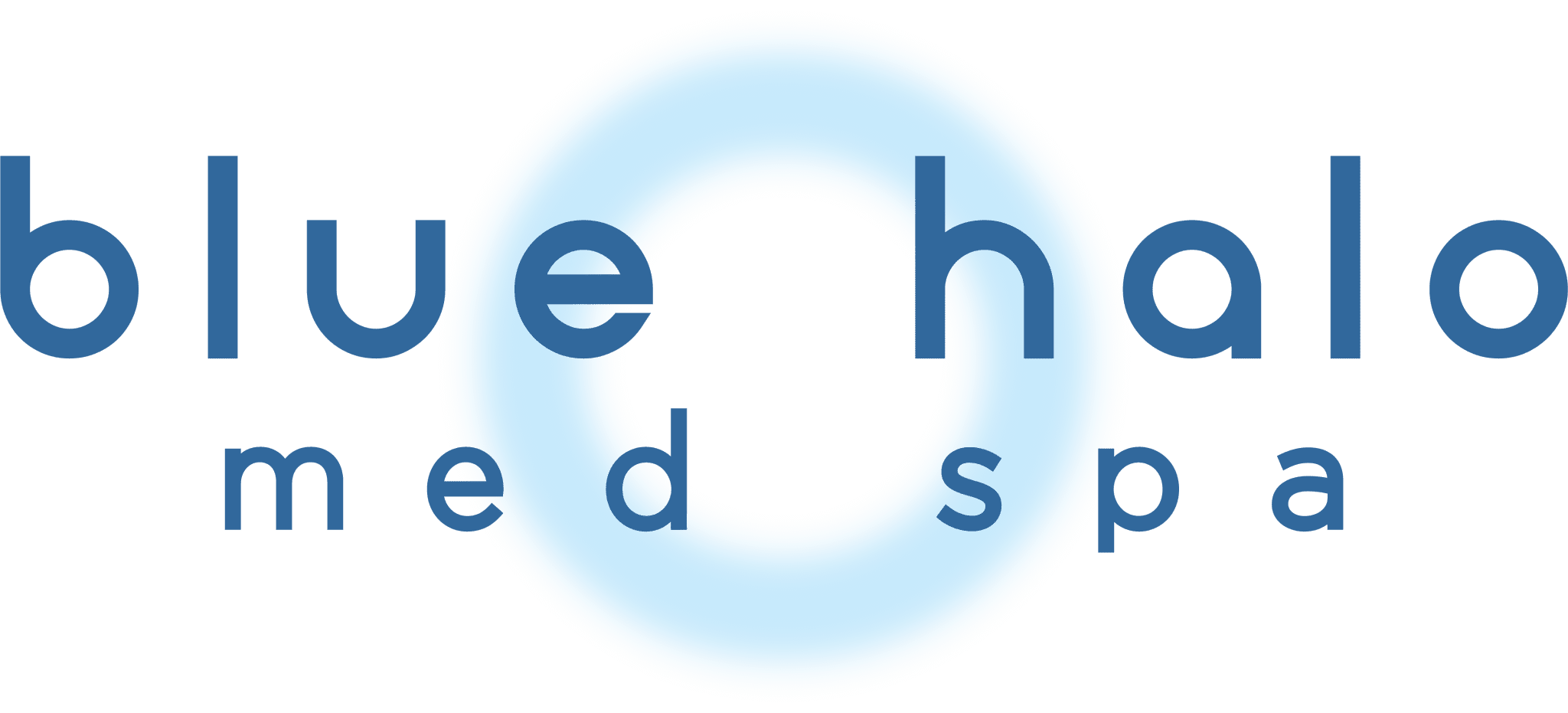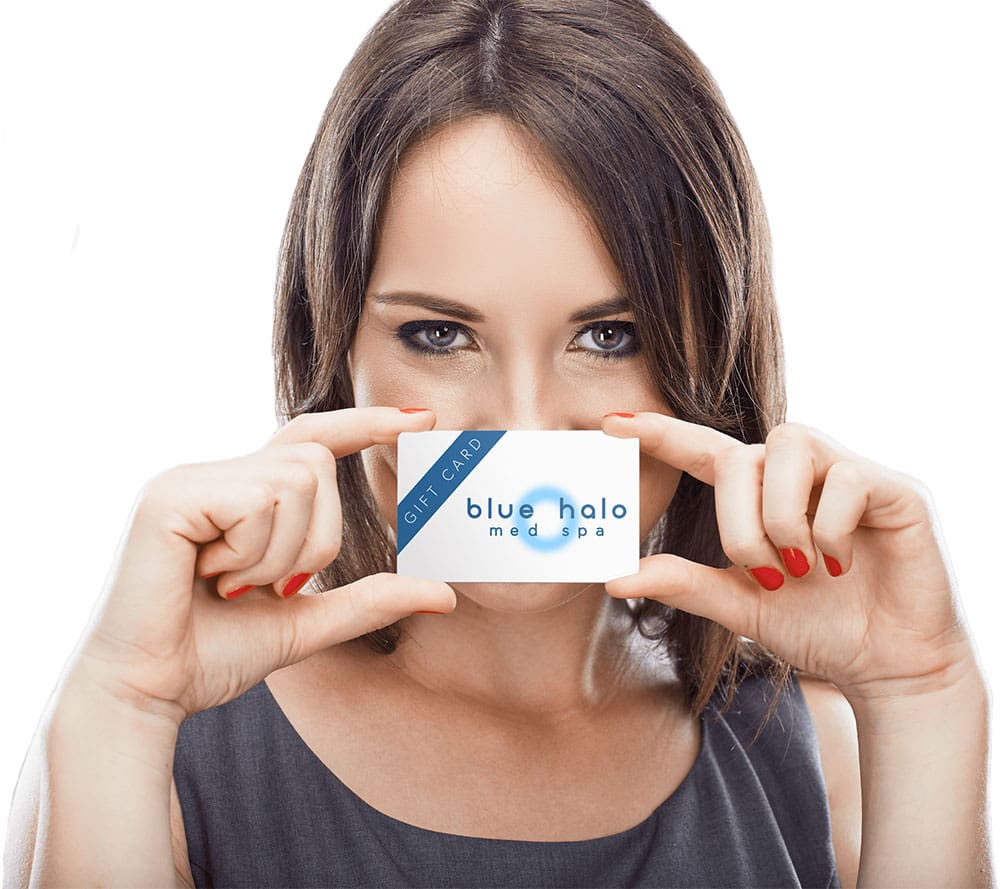History of Salt Therapy
Salt has been around since the dawn of time. It is an essential ingredient to all living creatures and our planet earth. Salt has a long history where it has played a role as currency, in religious rituals, as a preservative, and for health and wellness. Many people are familiar how salt has been used in baths, as a saline solution, in Nettie pots, for gargling and many applications for cleaning and exfoliating the skin.
Today, dry salt therapy (halotherapy) has been being embraced across the United States as a modern modality that has its roots from the salt mines of Eastern Europe.
In the early 1800’s workers were deep underground mining, grinding and cultivating salt from the solid salt rock. The small salt dust particles were being inhaled and landing on the miner’s skin and early physicians began noticing how healthy the miners were to the rest of the population. They discovered that when salt is extremely dry it has unique properties unlike wet or moist salt by the ocean. Soon medical clinics were being established deep underground to care for patients that would benefit from the dry salt therapy.
In the mid 1900’s the Russians began working on a technology to bring the effects of dry salt therapy above ground to provide to a greater population other than those who had to travel far to get to these mines. A group of scientists and researchers in Odessa developed the first halogenerator (halo for salt), which is a device that crushes and grinds dry salt into specific micronized particles and disperses the salt into a room or chamber. Thus, Halotherapy was born and soon spread throughout Eastern Europe where today there are thousand and thousand of facilities—from resort spas and fitness centers to day care centers and clinics.
Dry salt therapy (halotherapy) is a natural and complimentary method for providing wellness. When pure dry sodium chloride (NaCl) is crushed into micronized particles, and dispersed into a room or chamber, it can then be inhaled into the respiratory system. The dry salt acts like a super sponge as it traverses down the respiratory tract, where it literally absorbs excess mucus and foreign elements and takes it out of the system. The dry salt is antibacterial so it will go after viruses and other bacteria in the system. Lastly, dry salt is also anti-inflammatory so it helps open up restricted airways providing relief for those with asthma and COPD and other respiratory conditions.
While halotherapy provides great benefit for those with respiratory conditions, including people with allergies, cystic fibrosis, bronchitis, and Salt’s unique properties also promotes healthy skin care. When the skin is exposed, the micronized salt particles go deep into the epidermal layers and draw out excess fluid and oils, kill bacteria, and increases skin cell microcirculation. It helps with maintaining skin rigidity. Halotherapy has been know to reduce swelling, inflammation and help relive conditions such as psoriasis, eczema and acne.
Currently people visit a facility that provides salt therapy, either as an add-on to an existing business they frequent OR to a new business that is just focused on providing salt therapy. Facilities across the country are bringing salt therapy to their business such as day and med spas, resort and destination spas, wellness centers, skin facilities, massage and yoga centers, alternative health care chiropractors, etc…People pay for a single salt therapy session, multiple sessions, memberships and possible other service offerings. A facility may have one space or several spaces, or rooms, or other dry salt therapy equipment that they schedule their customers to use.
The primary benefit of being in a salt room is being exposed to the salt particles provided from the halogenerator. The room is designed in a particular way to allow for proper air circulation, humidity and temperature control. The décor elements for a salt room are very diverse. Many people have learned about salt therapy by the term a salt cave, hover this is a mere décor theme. There are some salt rooms that are minimal in décor elements and others have elaborate back lighted Himalayan salt walls and others have European styles of rock salt permanently adhered to walls. There are some facilities in the United States that have built large cave-like structures, but they do not have a halogenerator and without a halogenerator, there is no halotherapy.
Typically, a dry salt therapy session is up to 45 minutes and they are scheduled at particular times throughout the day to accommodate multiple people in groups of 4 to 8 to more people depending on the size of the room. There are some facilities that offer private room settings as well as those that offer individual, private and customized salt therapy sessions that can deliver effective salt therapy in as little as 15 minutes. Fees for salt therapy sessions are usually based on local demographics and markets and range from $20 to $60 per session depending on adult, kids, senior fees, discounts, group or private, offers, packages, etc.
Today athletes are using dry salt therapy for respiratory hygiene and to support faster recovery time; yoga facilities and massage therapists are incorporating dry salt therapy as part of their sessions, and other facilities are conducting Mindfulness and Guided Meditation along with Reiki, Qigong and other activities inside of salt rooms.
There are dozens and dozens of research articles that have been published in known medical journals, however the majority of those have occurred in Europe and abroad. There are thousands and thousands of people going to salt rooms on a daily basis and the results speak for themselves. Just recently the Salt Therapy Association was formed to support the industry and create standards including the further research of halotherapy. As most people will acknowledge, the United States are usually slow adopters of new modalities and technologies, especially within the medical community influenced by lobbyists and the big pharmaceutical companies.
In 2011, SpaFinder (the largest independent spa market research and media company) accurately predicted that Salt Therapy was going to be a Top 5 Growing trend, and while the industry is rapidly growing, it is becoming more known for the valuable benefits salt therapy provides to people, from young to old, as a safe, effective and alternative way of being well.
The Salt Therapy Business is significantly growing. A few years ago there were just a handful of facilities offering salt therapy throughout the United States and Canada. Today, there are just over 130+ facilities offering dry salt therapy, whether as a stand-alone salt therapy centers or as add-on to an existing business or concept.
Salt therapy is widely recognized as a safe, alternative form of health care throughout Europe where it was initially developed, clinically researched and provided in a variety of facilities from clinics and hospitals to day-care centers, airports, health clubs, etc. In some countries there is a clear distinction between spa and wellness use of salt therapy and the medical community which implements specific supervised protocols.
The European health care industry is vastly distinct from the United States. The US is heavily focused on managed health care, physician groups and lobbyists, pharmaceutical industries, insurance companies, the FDA and other regulatory and political systems. Many European and Eastern European Countries including the former Soviet Union were focused on ensuring that their people were healthy and productive. Their health systems provide access and care to traditional and non-traditional methodologies. Many health care modalities, treatments and research have begun in Europe, Asia and other places and have migrated here to the United States such as saunas and spa rituals, Chinese herbs, acupuncture, yoga, hydrotherapy, massage therapy, and now dry salt therapy.


